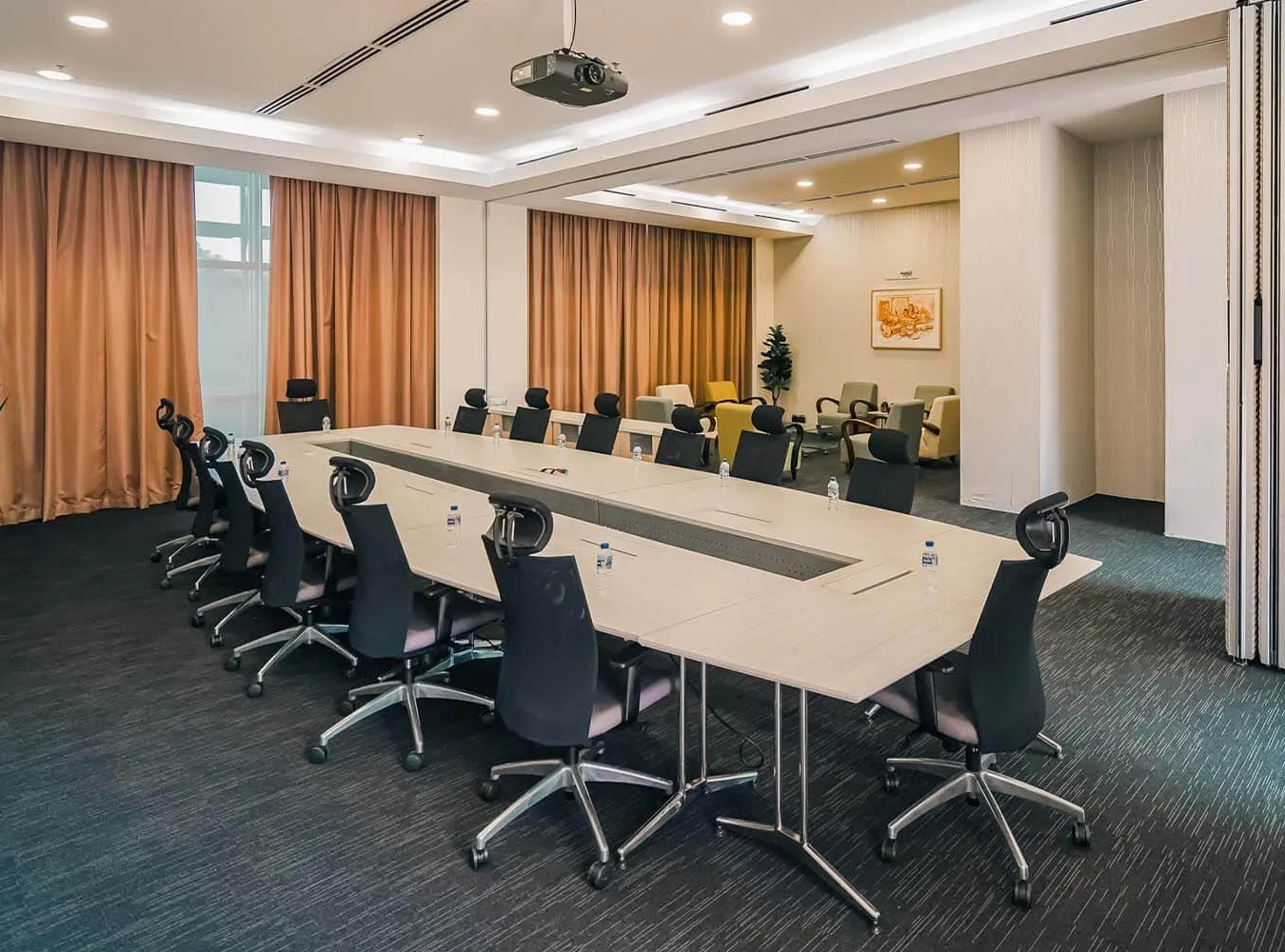Digital Power Play:Understanding the Intricacies of Cyber Politics
Overview:
The Cyber Politics & Public Diplomacy Certification Course provides an encompassing training for participants looking to delve into the world of cyber diplomacy, digital public diplomacy, and cyber politics. Understanding the implications of social media bots and Twitter diplomacy in today's world, this course offers a thorough overview of cyber international relations. Moreover, this cyber diplomacy course prioritizes developing persuasion skills through persuasive communication training, persuasion training, influence, and persuasion skills training. Equipped with stakeholder mapping tools, participants will learn the process of stakeholder analysis and stakeholder mapping, providing the foundation for effective public diplomacy. This course addresses both soft power and hard power in the sphere of cyber diplomacy, aiming to equip participants with skills to deal with cyber security issues, including cybercrime and cyber attacks. As the course takes place in Seattle, a specific focus on cyber law as per Seattle's jurisdiction will also be included.
Target Audience:
- Diplomats
- International Relations Experts
- Cyber Security Officers
- Communication Officers
- Public Policy Makers
- Digital Marketers
- Social Media Strategists
- Stakeholder Analysts
Targeted Organizational Departments:
- International Relations Department
- Cyber Security Department
- Public Relations Department
- Communications Department
- Public Policy Department
- Marketing Department
Targeted Industries:
- Government Organizations
- Cyber Security Firms
- International Non-Governmental Organizations
- Public Relations Agencies
- Tech Companies
- Diplomatic Corps
Course Offerings:
- Understanding cyber international relations
- Skills to use social media bots in digital public diplomacy
- Twitter diplomacy techniques
- Cyber diplomacy course focusing on persuasion training
- Stakeholder mapping and analysis using stakeholder mapping tools
- Understanding of soft power and hard power in cyber diplomacy
- Skills to mitigate cyber crime and cyber attacks
- Understanding cyber law in Seattle
Training Methodology:
The training methodology of this cyber diplomacy course includes a blend of case studies, group work, interactive sessions, and feedback sessions. Participants will practice their persuasion skills through persuasive communication training and influence and persuasion training. Real-world scenarios will allow participants to engage with social media bots and conduct public-opinion polls to understand their role in digital public diplomacy. Hands-on experience with stakeholder mapping tools will enhance stakeholder mapping skills.
Course Toolbox:
- Comprehensive Workbook on Cyber Politics & Public Diplomacy
- Access to Online Resources on Public Diplomacy and Cyber Security
- Stakeholder Mapping Tool for Stakeholder Analysis
- Social Media Bot Interface for Practicing Digital Public Diplomacy
- Reading Materials on Cyber Crime, Cyber Attacks and Cyber Law (Seattle-focused)
- Training Materials for Persuasion Training and Influence and Persuasion Training
Course Agenda:
Day 1: Understanding Cyber Politics and Public Diplomacy
- Topic 1: Definition of Public Diplomacy and its importance
- Topic 2: Overview of Cyber Politics and Cyber International Relations
- Topic 3: Cyber Diplomacy and its role in International Relations
- Reflection & Review: Recap of public diplomacy and cyber politics
Day 2: Digital Public Diplomacy & Social Media
- Topic 1: Role of Social Media Bots in Public Diplomacy
- Topic 2: Twitter Diplomacy - Strategies and Best Practices
- Topic 3: Conducting Public-Opinion Polls in the age of Cyber Politics
- Reflection & Review: Understanding the role of social media in cyber politics
Day 3: Persuasion and Influence in Cyber Diplomacy
- Topic 1: Persuasive Communication Training and its role in Public Diplomacy
- Topic 2: Persuasion Training and Influence and Persuasion Training
- Topic 3: Persuasion Skills Training and Application in Cyber Diplomacy
- Reflection & Review: Role-play exercise to practice persuasive communication skills
Day 4: Stakeholder Mapping and Analysis
- Topic 1: Introduction to Stakeholder Mapping and the use of a Stakeholder Mapping Tool
- Topic 2: Creating a Stakeholder Analysis Matrix
- Topic 3: Utilizing Stakeholder Mapping in Cyber Diplomacy
- Reflection & Review: Practical session of creating a stakeholder analysis matrix
Day 5: Cyber Security and Law
- Topic 1: Cyber Security - Dealing with Cyber Crime and Cyber Attacks
- Topic 2: Soft Power vs Hard Power - A National Brand Perspective
- Topic 3: Introduction to Cyber Law Seattle - Regulations and Compliance
- Reflection & Review: Case Study Analysis of a cyber attack and understanding the role of cyber law
How This Course is Different from Other Cyber Politics & Public Diplomacy Training Courses:
Unlike other similar courses, this Cyber Politics & Public Diplomacy Certification Course provides an all-encompassing training on digital public diplomacy and cyber politics. It includes a specific focus on social media bots and Twitter diplomacy, acknowledging the growing impact of social media on public diplomacy. The course prioritizes the development of persuasion skills through comprehensive persuasive communication training, persuasion training, and influence and persuasion training. Participants are also equipped with tools for stakeholder mapping and analysis, critical for any public diplomacy campaign. The course recognizes the importance of understanding both soft power and hard power in diplomacy and provides a strong grounding in cyber security, addressing the rising threat of cyber crime and cyber attacks. Given its Seattle location, this course also includes specific training on the cyber law of Seattle, a crucial aspect often neglected in similar courses. Overall, the course offers a holistic understanding of cyber diplomacy and public diplomacy, making it a unique choice in the field.
credits: 5 credit per day
Course Mode: full-time
Provider: Agile Leaders Training Center
-
Events for this Course!!
-
Barcelona 2025-10-27
-
Kuwait 2025-11-23
-
Amsterdam 2025-11-24
-
Cape town 2025-12-21
-
Barcelona 2025-12-22
-
Dubai 2025-12-22
-
Rome 2025-12-30
-
London 2026-01-27
-
Tbilisi 2026-01-27
-
Kuala Lumpur 2026-02-24
-
Rome 2026-03-24
-
Dubai 2026-03-24
-
Phuket 2026-03-30
-
London 2026-03-31
-
Madrid 2026-04-21
-
Prague 2026-04-27
-
Bangkok 2026-05-25
-
Casablanca 2026-05-26
-
Madrid 2026-06-23
-
Kuala Lumpur 2026-06-30
-
London 2026-06-30
-
Cairo 2026-07-21
-
Amsterdam 2026-07-28
-
Casablanca 2026-07-28
-
Baku 2026-08-25
-
Bali 2026-09-21
-
Rome 2026-09-22
-
Kuala Lumpur 2026-09-29
-
Amsterdam 2026-09-29















